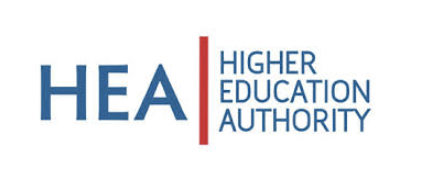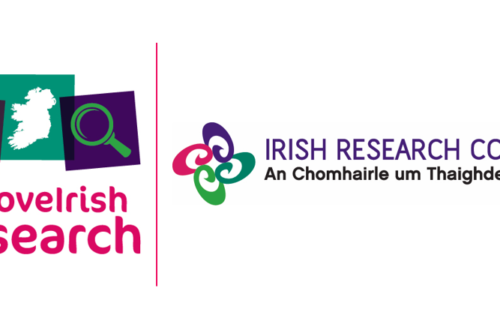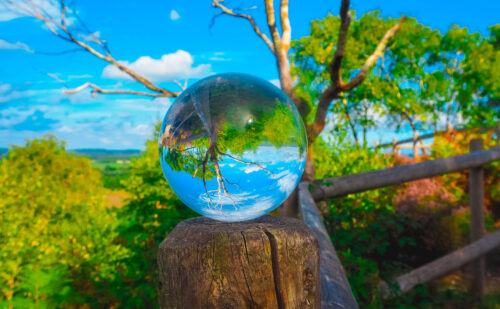
Irish Research Council to stage light projection show in Dublin city centre for Science Week 2019
Posted: 11 November, 2019

To mark Science Week 2019 (10th to 17th November), the Irish Research Council will stage a light projection show at Barnardo’s Square, Dame Street, Dublin 2. The light show will display the work of researchers funded by the Irish Research Council.
The show will go live on Monday, 11th November and will be on display every evening from 6pm to midnight until Sunday, 17th November. Projected from the adjacent Dublin City Hall, the show will be visible on the side of the well-known Dublin City Council building on Barnardo’s Square.
The light show features questions inspired by the work of Irish Research Council awardees, funded under the Council’s Laureate and COALESCE awards schemes. It aims to raise public awareness about the important research being done into areas of vital human interest. The questions included are:
- Can we devise new therapies for cancers that resist existing drugs?
- How can we reduce waterborne infection outbreaks?
- Can new material technologies revolutionise the use of gas?
- Why is seafood the key to smarter urban consumption?
- What can we learn from Ireland’s past droughts?
- Can materials released by cells be the key to earlier cancer detection?
- How did Ireland contribute to the Renaissance?
- How can photonics tell us how a battery is performing?
Announcing details of the light projections today Peter Brown, Director of the Irish Research Council, said: “The Barnardo’s Square light show showcases the wide range of important, ground-breaking research being carried out by Irish Research Council-funded researchers in institutions across Ireland.
“We hope the light show helps the public to appreciate that, behind every breakthrough or advancement in technology, years of hard work have been put in by highly talented researchers. It is also a reminder of the importance of continuing to invest in research because its outcomes benefit us all, by delivering better solutions to problems, smarter technology and helping us to understand more about our history, culture and identity.”

